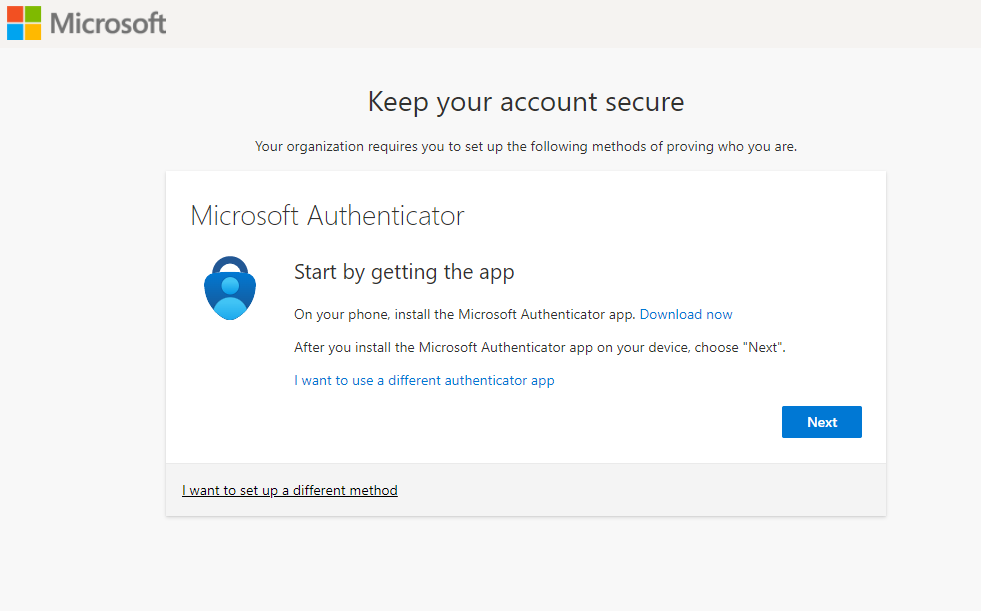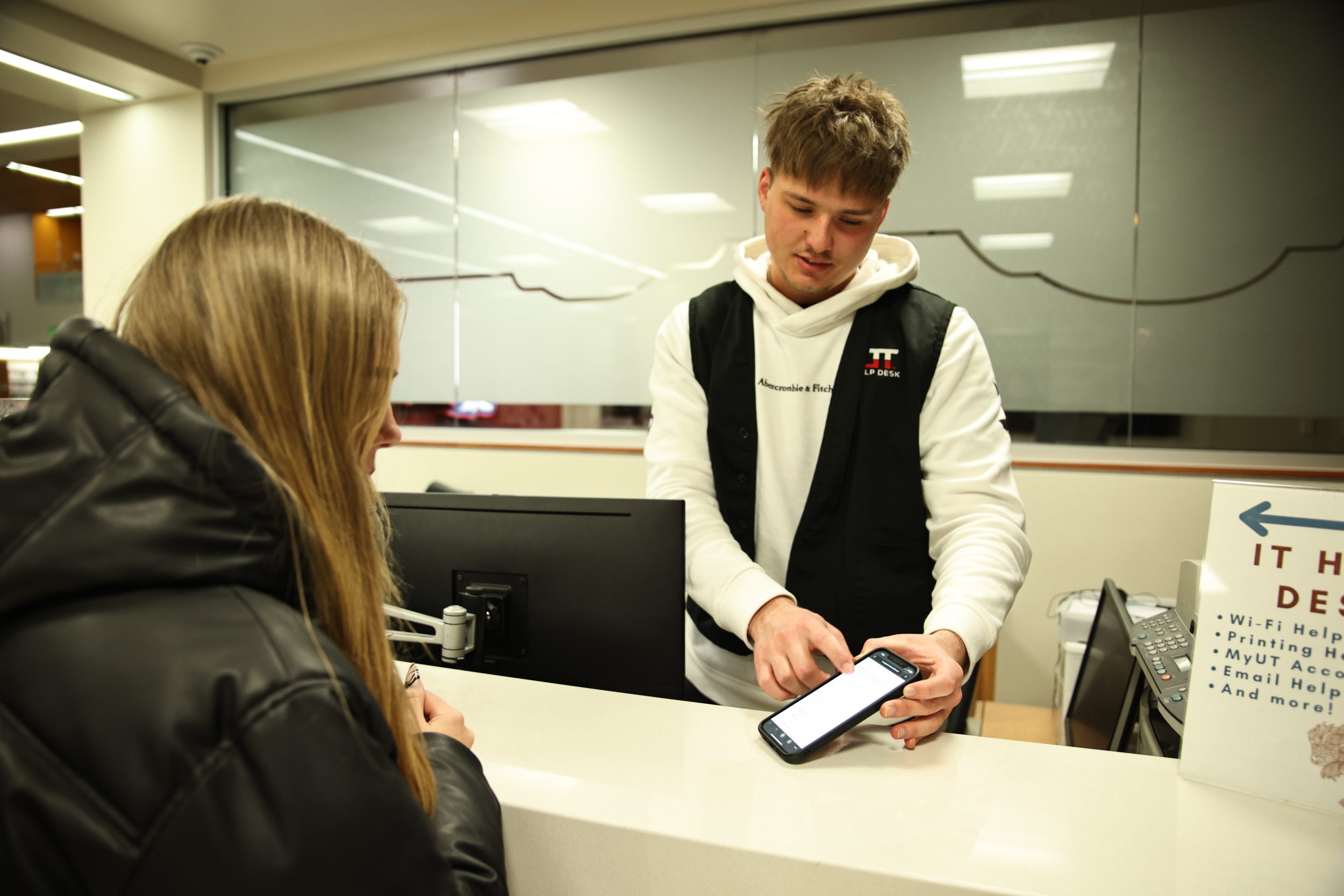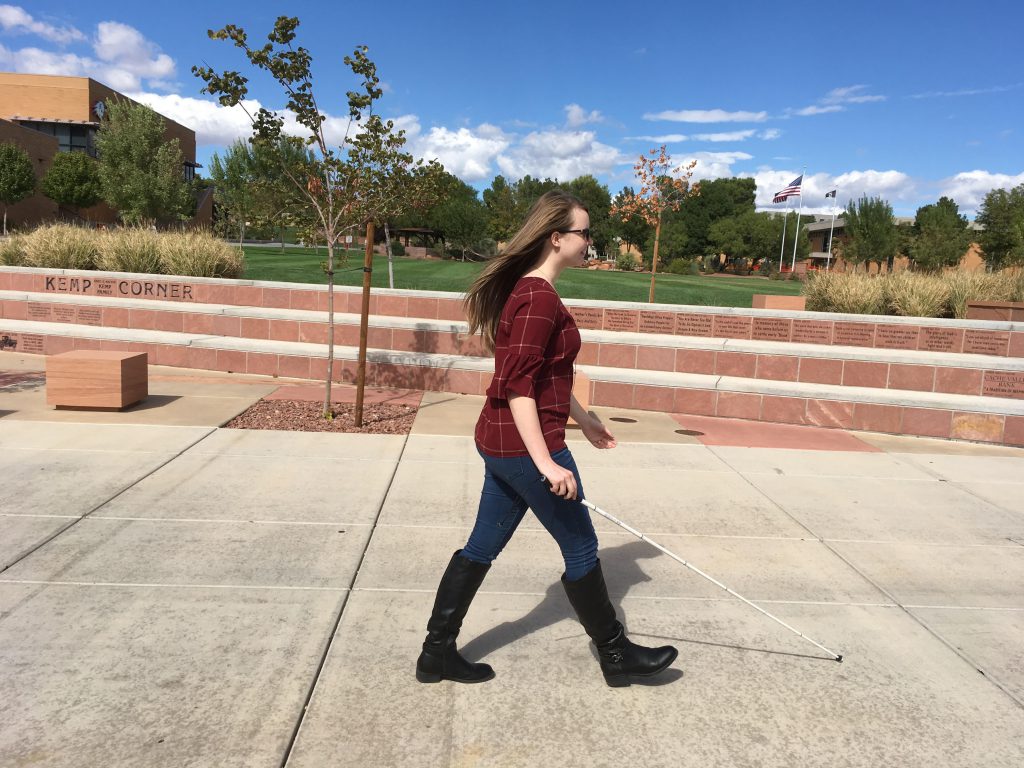Cyber security is a serious issue for students, yet nobody seems to take it seriously.
I remember receiving lectures throughout high school regarding cyber security and quickly brushing the information off as I didn’t think it was needed.
I was wrong.
A lack of digital security is something many people face nowadays with more and more of our lives being stored online. Many of us have private information, personal emails and credit cards stored online. Imagine the problems that someone could cause if they were to gain access to your password and sign into your account.
Utah Tech University is implementing Microsoft’s Multi-Factor Authentication in an attempt to give student accounts an added layer of security and prevent this from happening.
The MFA is a service that will require students to verify themselves when signing into their school accounts on websites such as Canvas, Outlook and My UT. This will be done through a push notification to their mobile device or a code sent through a text message.
When I was first introduced to the MFA, it was irritating to do extra work to log in to my account. However, as I used it more, I got used to it and soon realized the additional security was well worth the extra steps to log in.
The MFA is fast but not as fast as students are used to, and that’s where some controversy stems from. Students are used to opening up the website or app they want to sign into, entering their password and then they’re done. The MFA adds more time to this process but not enough to make any real difference in a person’s schedule.
“In my experience, the Microsoft Authenticator app is quite easy to use and typically requires only a single tap to approve a login,” said Craig Southwick, director of systems administration. “If someone prefers not to use the app, Microsoft’s Multi-Factor Authentication system also offers other options such as receiving a text or phone call with a code that can be entered instead of approval through the app.”

The addition of the MFA follows the university’s change from Google’s Gmail to Microsoft’s Outlook; a change some students disliked while others, including myself, saw as an improvement.
Along with added security, the switch to Outlook, and the implementation of the MFA, create a much more cohesive and professional digital environment for everyone at Utah Tech. Outlook gives me more options for how I want to organize my emails and my account, and in my experience, does a better job at blocking spam. The addition of the MFA will only add to the professionalism of our accounts by decreasing the threat of hacking.
“Since January, eight students have been tricked into giving their passwords to scammers who then logged into their email accounts and sent scam job emails out to campus under the student’s names,” Southwick said. “MFA is a big deterrent for scammers and hackers, making it much more difficult for them to access sensitive information.”
Southwick said hackers are a real threat to students and employees, and tricking them to give up their passwords is often the first step to a more extensive hack.
One study conducted by the Identity Theft Resource Center found over 120,000 student email accounts were hacked and available for sale on the dark web.
The implementation of the MFA at Utah Tech is only working to keep students and student privacy safe and secure while simultaneously creating a more professional digital environment.
The MFA is the future of digital security. Utah Valley University and the University of Utah already require it amongst students as well as many schools nationally.
Utah Tech officials have already began to implement the MFA for faculty and staff, and they will do the same for students this semester. Beginning March 1 through the month of April, students will be randomly enrolled and prompted to enable the MFA on their accounts in order to protect themselves and their privacy.
I encourage any student who may be against the addition of the MFA to try and see how beneficial added security and professionalism will be to us as college students.




